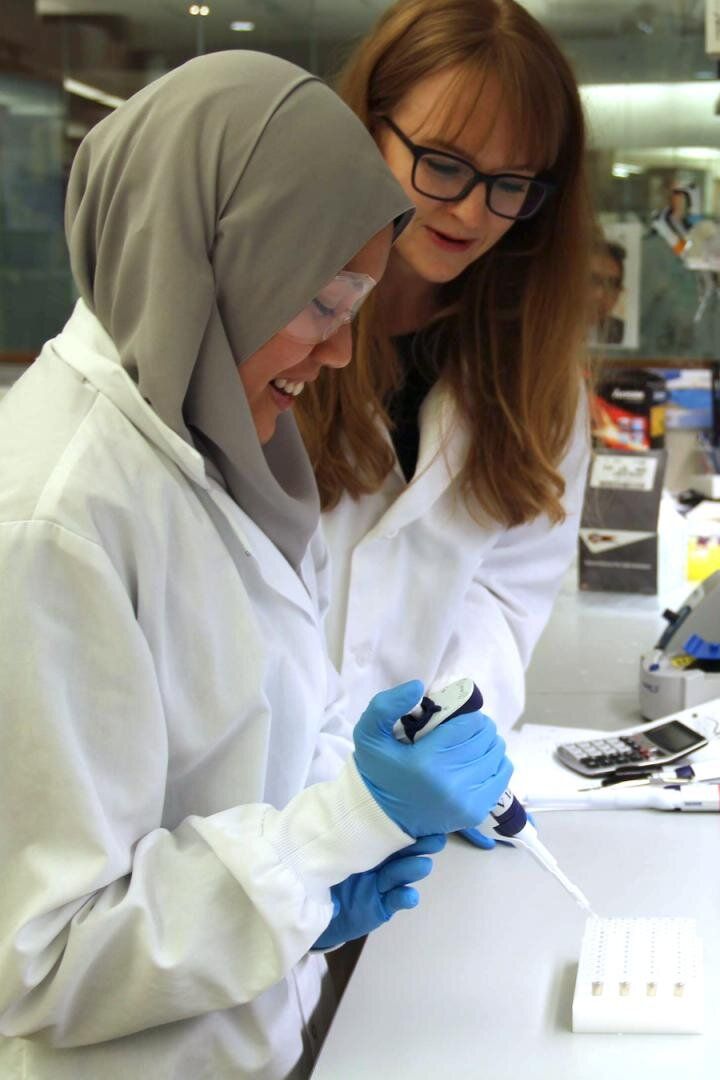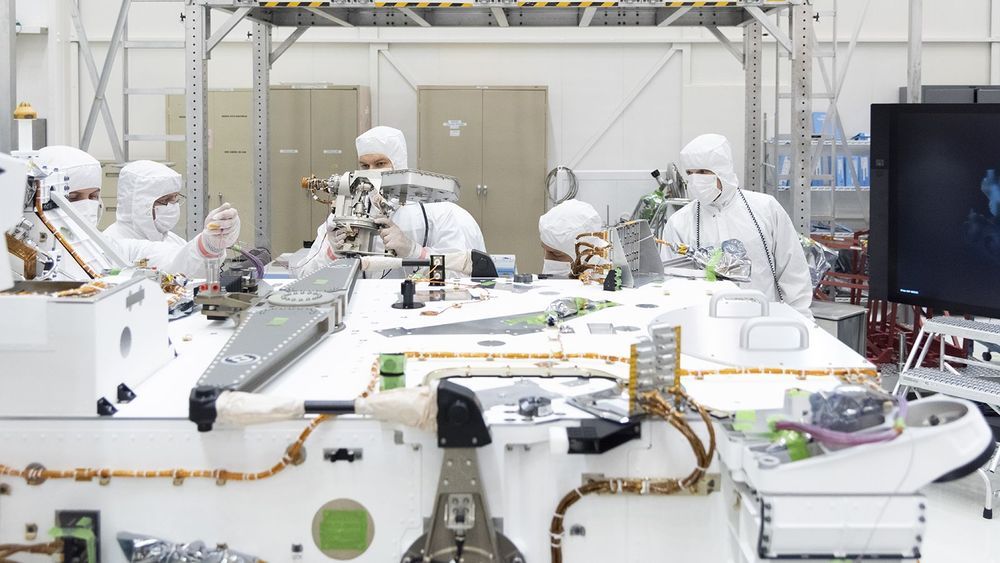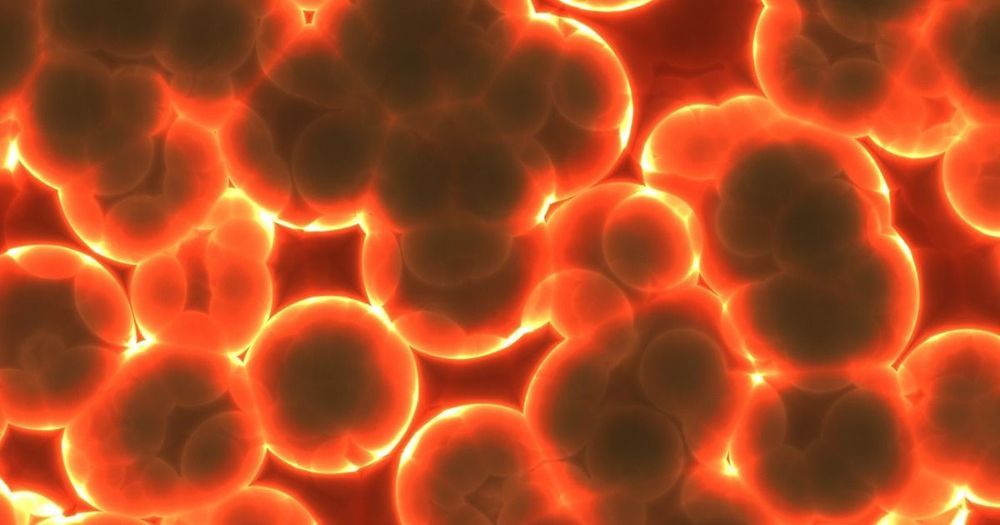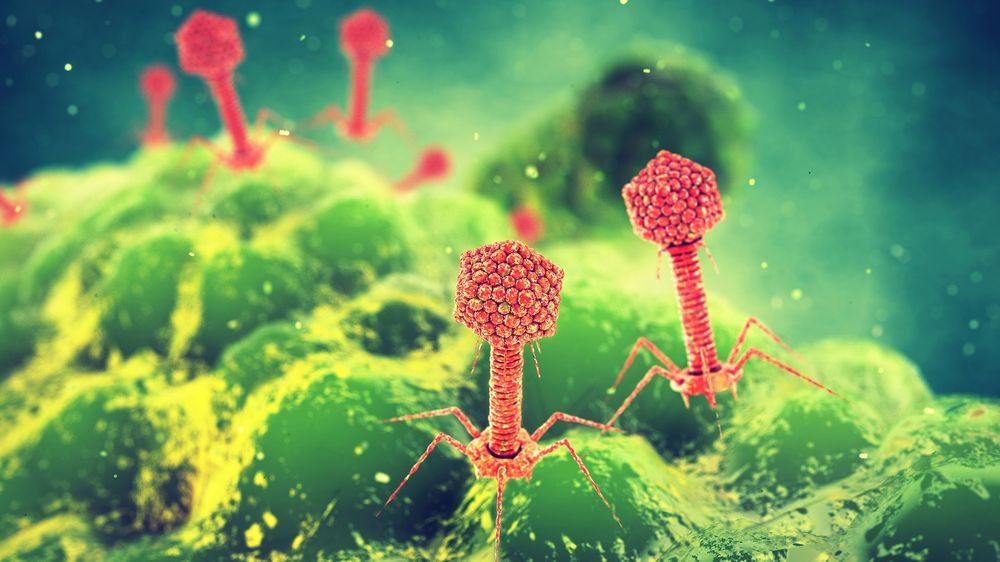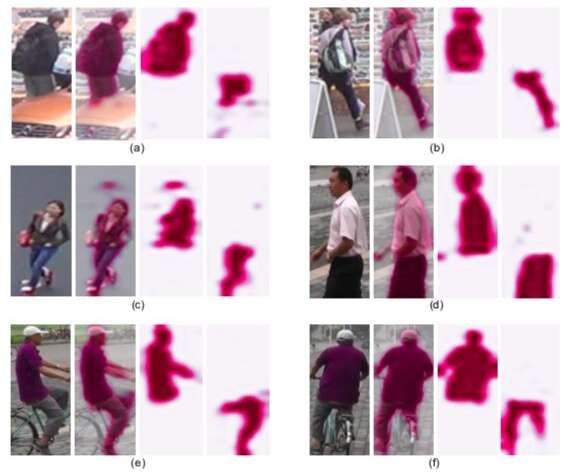May 8, 2019
Unhackable: New chip stops attacks before they start
Posted by Quinn Sena in categories: cybercrime/malcode, futurism
ANN ARBOR—A new computer processor architecture developed at the University of Michigan could usher in a future where computers proactively defend against threats, rendering the current electronic security model of bugs and patches obsolete.
Called MORPHEUS, the chip blocks potential attacks by encrypting and randomly reshuffling key bits of its own code and data 20 times per second—infinitely faster than a human hacker can work and thousands of times faster than even the fastest electronic hacking techniques.
“Today’s approach of eliminating security bugs one by one is a losing game,” said Todd Austin, U-M professor of computer science and engineering and a developer of the system. “People are constantly writing code, and as long as there is new code, there will be new bugs and security vulnerabilities.
Continue reading “Unhackable: New chip stops attacks before they start” »

